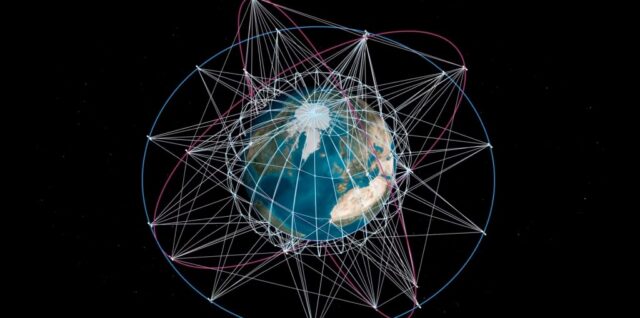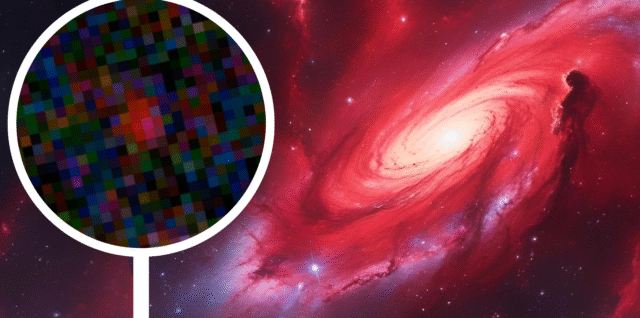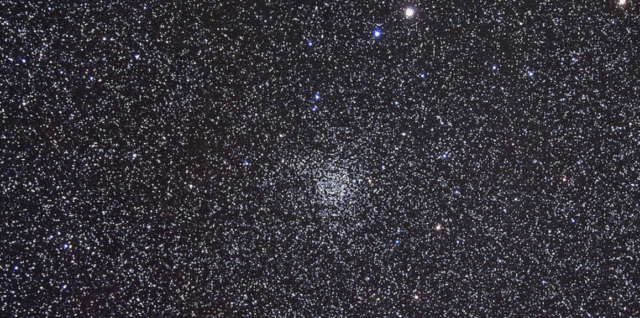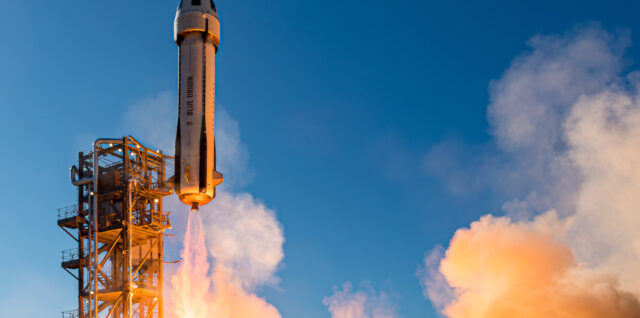Blue Origin boss: Government should forget launch and focus on “exotic” missions

Eighteen months after leaving his job as a vice president at Amazon to take over as Blue Origin’s chief executive, Dave Limp has some thoughts on how commercial companies and government agencies like NASA should explore the Solar System together. Limp had no background in the space industry before taking the helm of Jeff Bezos’ space company in December 2023. He started his career as a computer scientist at Apple, took a stint at a Continue ReadingBlue Origin boss: Government should forget launch and focus on “exotic” missions














